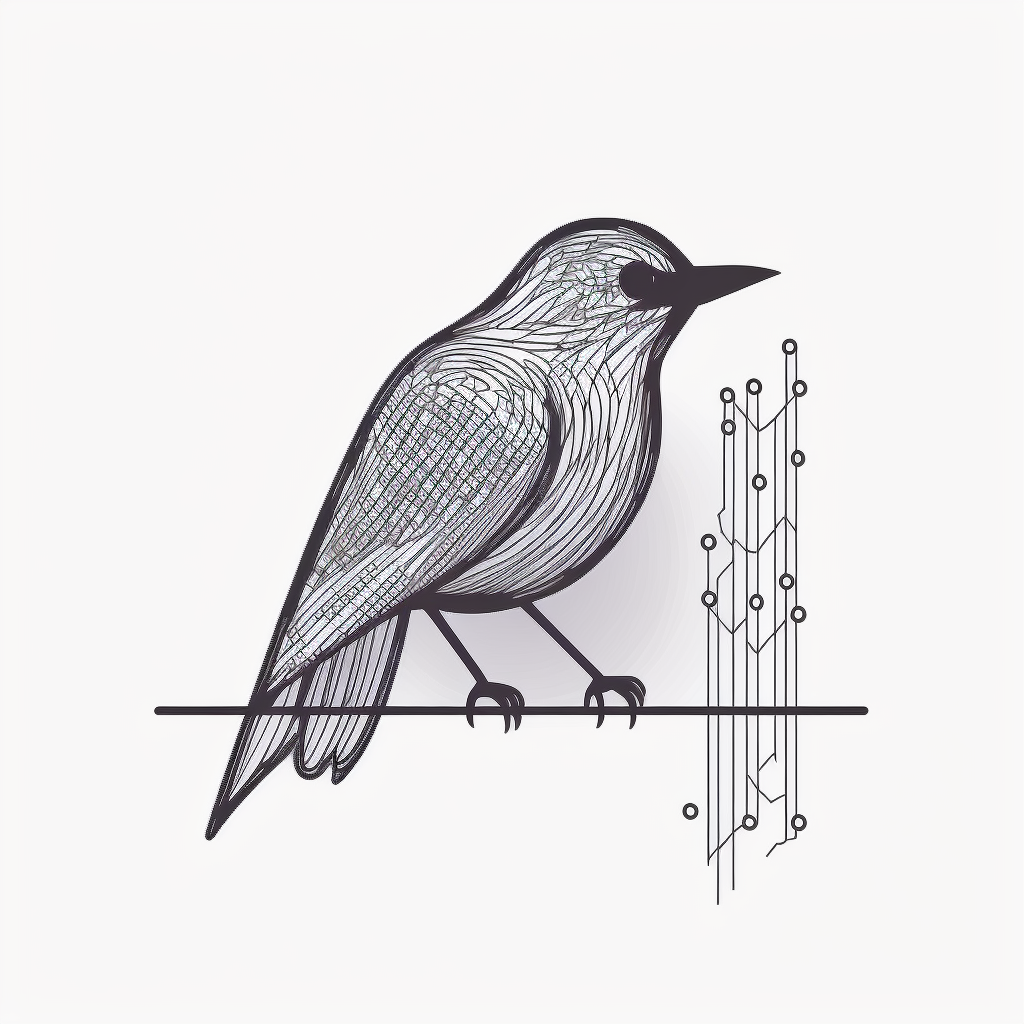The slices in the middle are big, and the slices on the end are so small. Why can’t they make it a rectangle with equally-sized square slices?
Sourdough bread can indeed be baked in a pan to make it square or rectangular, similar to how traditional sandwich loaves are made. However, the reason sourdough is often baked in a more free-form shape (like a boule or batard) or in a Dutch oven rather than in a loaf pan includes several factors:
Crust Development: Sourdough enthusiasts often prefer a thick, crispy crust, which is better achieved in a free-form shape with the direct heat of an oven or within a preheated Dutch oven. A loaf pan might limit the crust development on the sides and bottom.
Artisanal Tradition: Sourdough baking is deeply rooted in artisanal traditions where the rustic appearance and unique shape of each loaf are valued. Free-form loaves embody this artisanal quality.
Oven Spring: Sourdough, being a naturally leavened bread, benefits from the high heat and space to expand freely, which is best achieved outside of the confines of a pan. This allows for better oven spring, the rapid expansion of the dough during the early stages of baking.
Heat Distribution: The method of baking directly on a stone or in a preheated Dutch oven provides even heat distribution, which can be more challenging to achieve in a pan, particularly for the thicker, denser dough characteristic of many sourdough recipes.
Texture and Shape Preference: Many bakers and consumers prefer the texture and crust-to-crumb ratio of round or oval sourdough loaves. The aesthetic and texture of these shapes are part of the sourdough bread’s appeal.
That said, sourdough bread can absolutely be baked in a loaf pan if a square or rectangular loaf is desired, especially for sandwiches. This method is less traditional but entirely feasible and can result in delicious bread with a softer crust and uniform shape. Bakers adjusting sourdough recipes for loaf pans may need to tweak hydration levels and baking times to account for the different baking dynamics.
Thanks ChatGPT.
Herringbone cut FTW
I usually cut regular slices towards the ends, and then when it starts getting thick I switch to a herringbone so that you’re still having sane sizes of bread in the middle.
* Confused European noises, where bread comes in all sizes and forms *
We have plenty of variety, but a lot of people like using sliced sourdough boules for sandwiches which results in inconsistent sandwich size unless you’re making individual sandwich rolls.
I see, but why does it matter if they’re not the same size? Personaly I like to be able to make different sizes depending on how much I 'm going to eat. Or when I’m on a trip/hike can decide to eat a small one first and later a larger one etc.
In Switzerland we even make sandwiches with slices of Zopf/Züpfe (“Braid”), with that you have to make sure to always use two adjacent slices, so that the outline matches 😅 Then it looks like this.
And trust me, Zopf (very subjectively) does not taste as good if it isn’t braided xD
It’s not sourdough specifically that’s baked that way. The large round loaves are called boules. Dough is typically shaped into balls, and it’s easiest to leave it in ball form or baking it in a common round dish, vs specifically using bread pans.
It’s also not traditional which is a selling point when people are looking for “artisanal” loaves.
I don’t believe it really has any other advantage or disadvantages.
You can absolutely buy sourdough loaves.
Edit: crust. That’s the only advantage. Boules develop a fantastic crust throughout the entire thing.
deleted by creator
Lucky you


